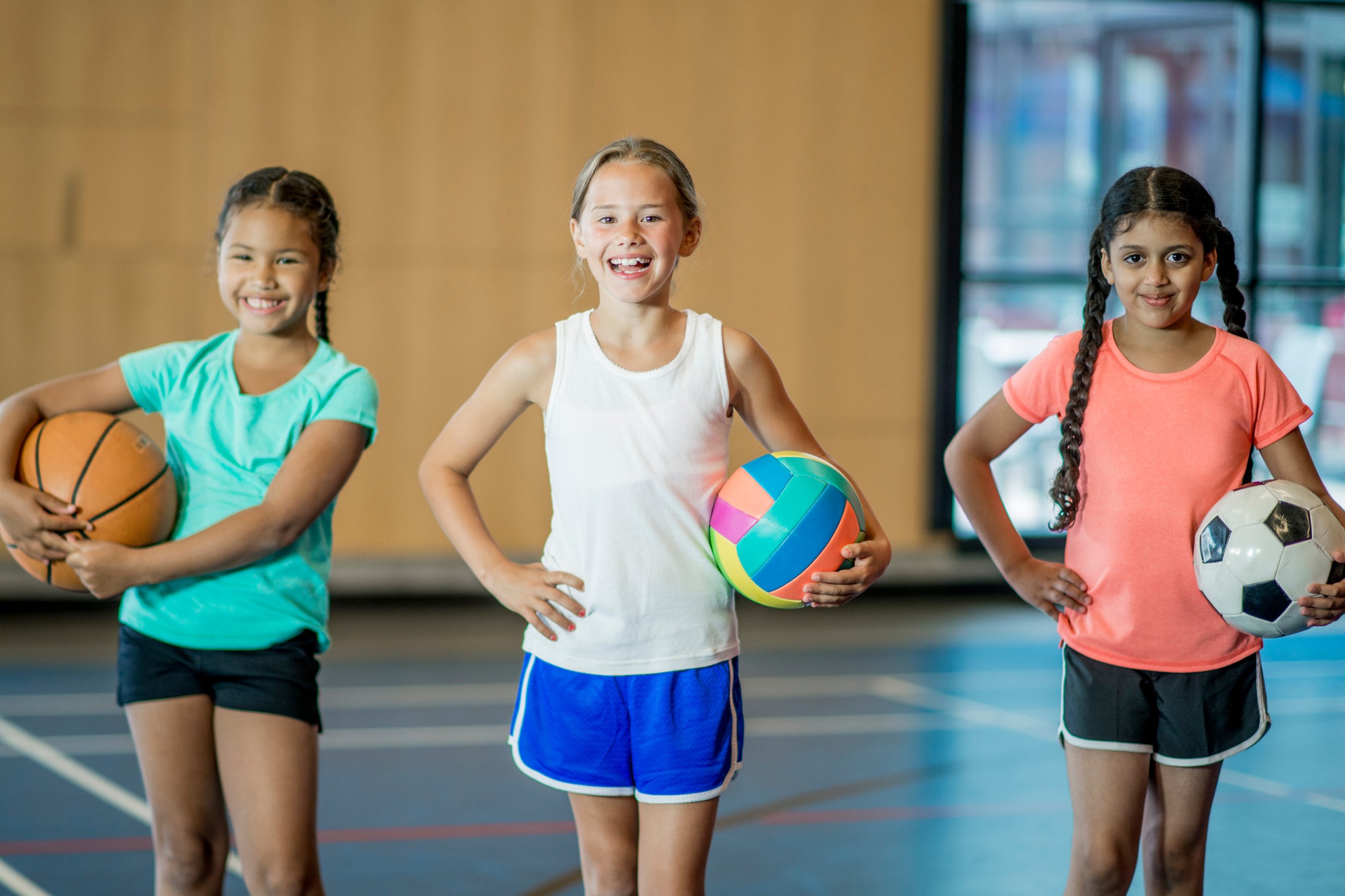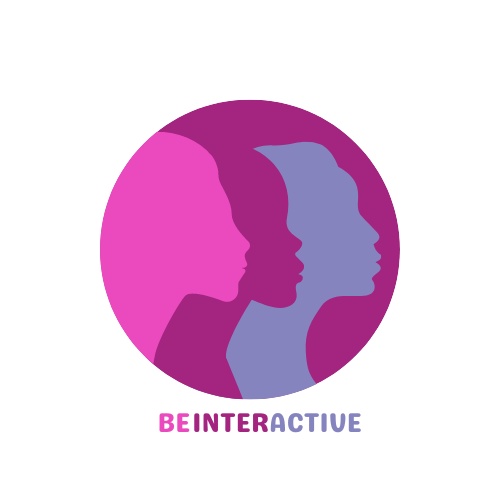
Ka210-Small Scale partnership

About the project
Project ''Be InterACTIVE'' aims to increase the quality of data based on good practices about training and education of young women in Europe, and especially on a national level, through investigating the effect of MC phases and exercise intensity on physically active women aged 12-18. Furthermore, one of the objectives is to investigate already existing and build innovative and inclusive new approaches while adapting them according to the needs of girls involved in physical activities.
We recognise the lack of knowledge on the topic, and that is why we are actively working on raising awareness of the influence of the menstrual cycle on the physical activity of women while creating synergies with the individuals that are involved in the field of physical education activities and support.
PARTNERS
The City of Nis Basketball Association
Nis, Serbia
Arteam
Sofia, Bulgaria
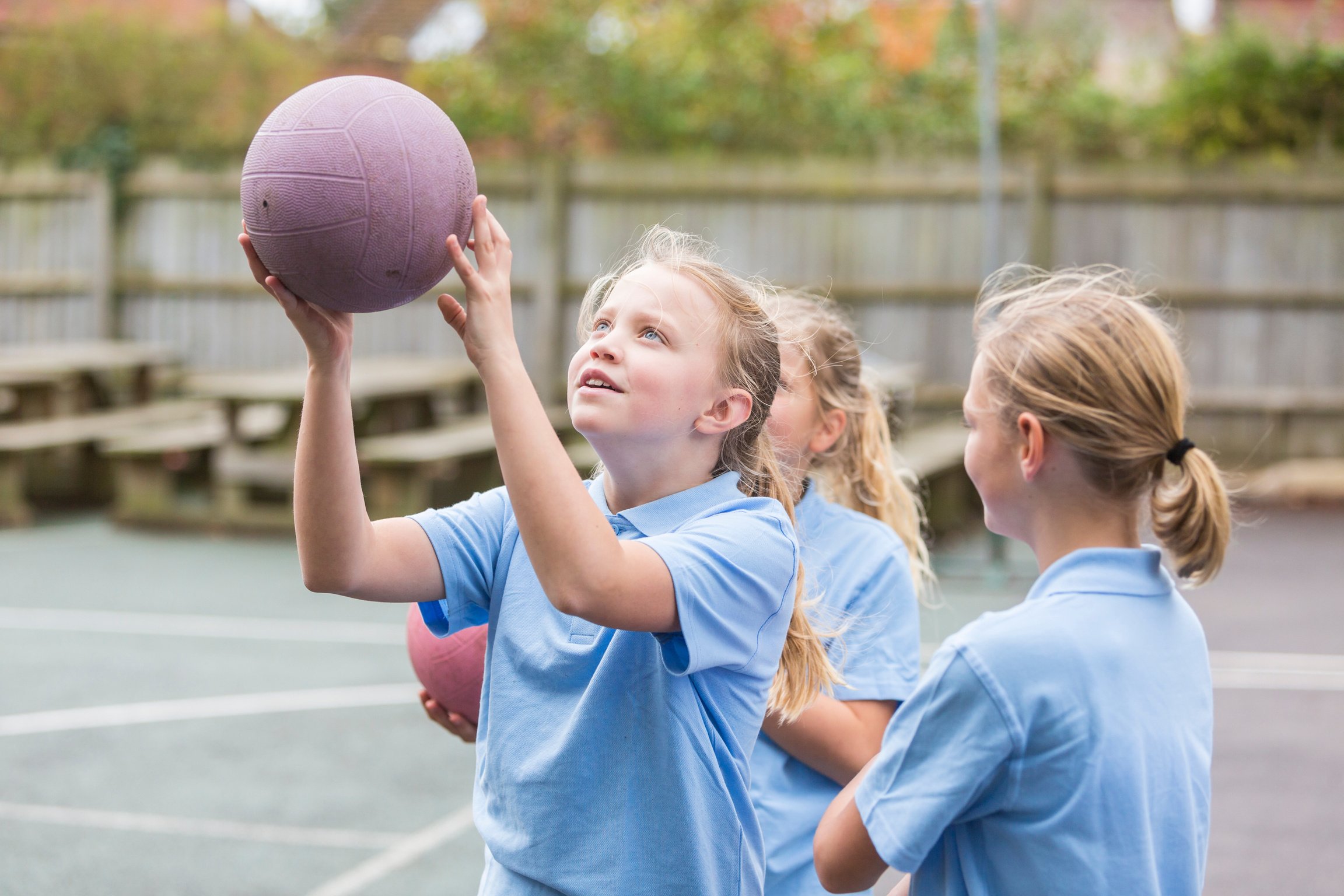
Why is our project important?
The health benefits of regular physical activity (PA) are well documented, yet there are concerns about the low levels of PA in adolescents. It has been estimated that 80 % of adolescents worldwide fail to achieve PA guidelines, with adolescent girls consistently identified as less active than boys. There is also evidence to suggest that activity levels during adolescence may track into adulthood. As a result, interventions have been developed to promote PA in adolescent girls, although these have had limited effect. Working with girls requires specific knowledge and approach, especially considering the biological side of the problem.
Programs for physical education activities do not consider that the higher incidence of negative psychological responses in women could be due to physiological particularities of the menstrual cycle (MC).
Therefore, due to inadequate approaches while doing physical activity, many girls stay reluctant to participate in sports and other similar activities.
OUR TIMELINE
01
02
03
04
05
Kick-off meeting
Handbook development
Raising awareness campaign
DEOR
Final meeting
Management and monitoring
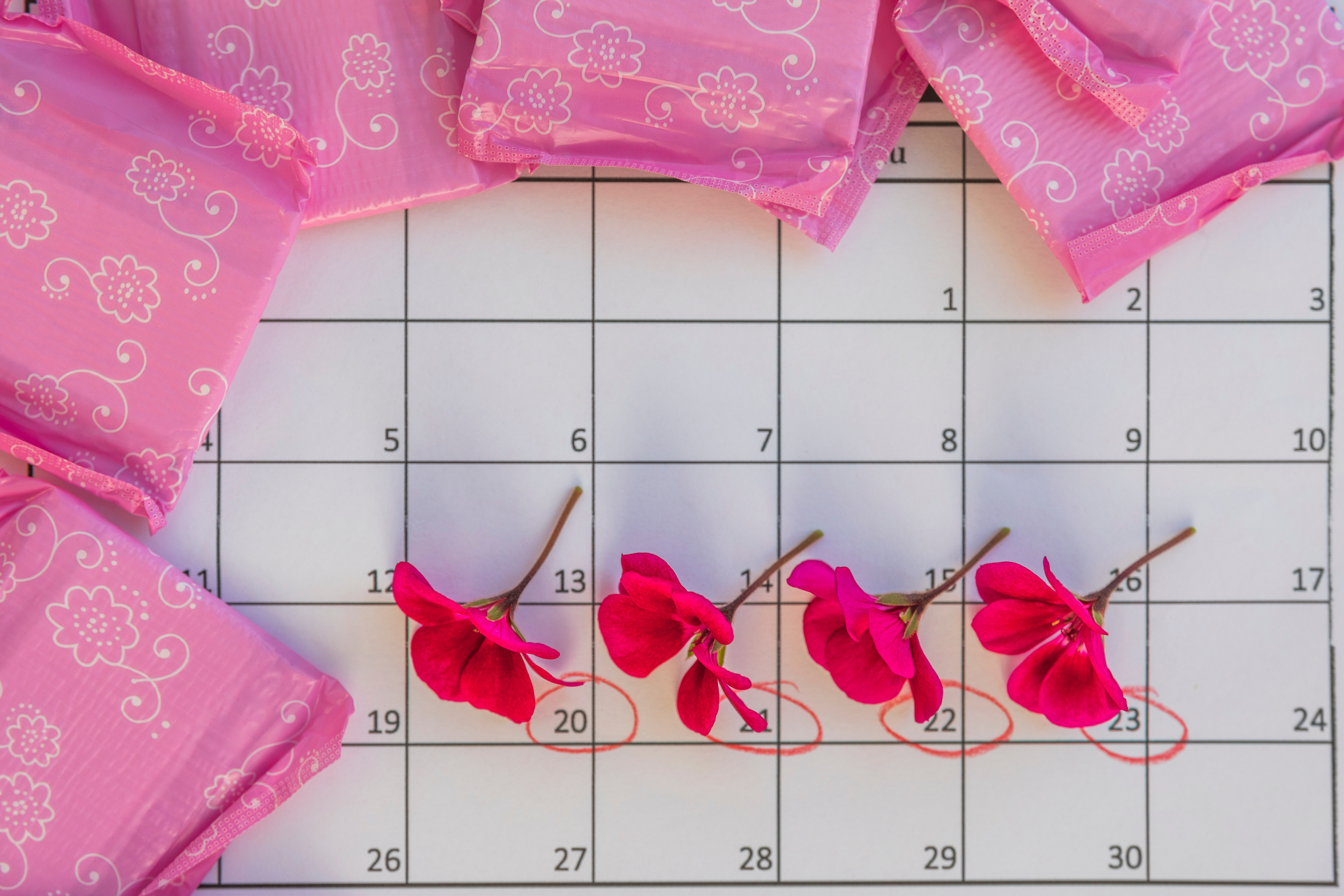
Kick-off meeting
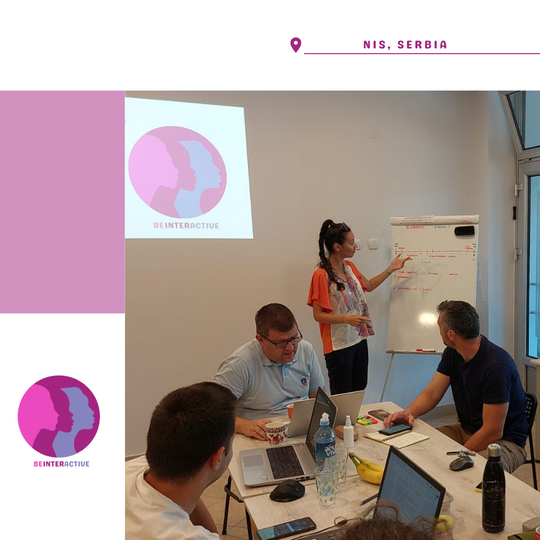
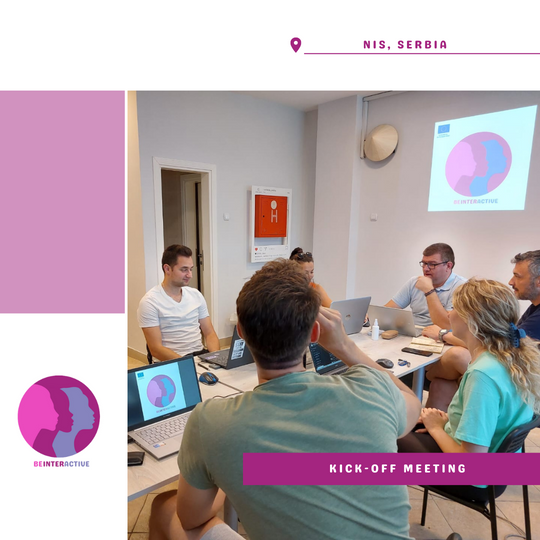
🗣 In the period 30th of June to the 3rd of July, in Nis, Serbia, we have implemented the kick-off meeting under the project ''Be InterACTIVE.''
🤝The project gathered 4 representatives from ArTeam (Bulgaria), and 4 representatives from The City of Nis Basketball Association (Serbia). The kick-off meeting helped us reassure an effective action plan and responsibility sharing.
👉 In addition, the meeting helped us establish contact with the stakeholders and start building the network.
Local kick-off event
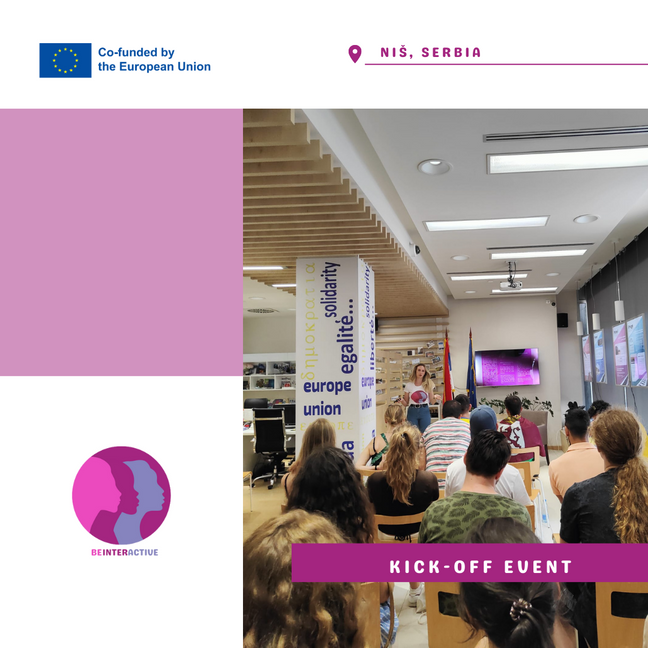
🗣 On July 29th, we organised a local kick-off event, in EU info Point, in Nis, Serbia, under the project ''Be InterACTIVE.''
🤝The project gathered 25 young people from Serbia and presented the project's vision and objectives. The people who attended heard more about the obstacles girls in sports face and the ways to support their development and participation.
👉 In addition, the event helped us to start building the network of stakeholders, which will help us spread the word about the project and help us share the valuable impact.
🔹The event showed us that our efforts are justified and that the community really needs to raise awareness of the complex condition of MC is, and its influence on the women involved in physical activity.
European week of sports
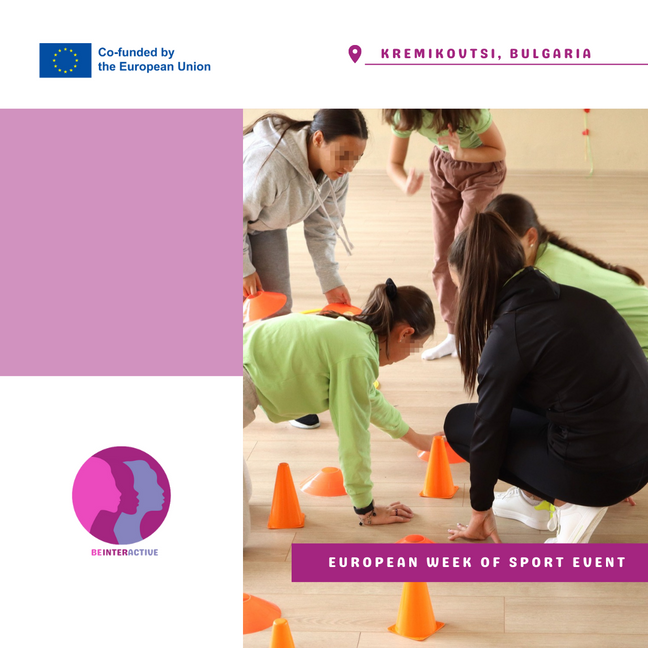
🏀 During the European Week of Sport, which is annually implemented from the 23rd to the 30th of September, Arteam Bulgaria, as coordinator of the project “Be InterACTIVE”, co-funded by Erasmus+ program, under the Key Action 2, organized a raising awareness sports activity with young girls from 156 School “Vasil Levski” in Kremikovtsi.
⛹️♀️ Our young participants were involved in several activities:
🔹 The first part of our activities involved the girls in a session of testing a game organized by our organization members, which aim was to promote physical activities and their benefits for our health and well-being.
🔹 In the second part, the girls had the chance to experiment with a set of sports equipment and to create new games. They worked in groups and, through some discussions and brainstorming, came up with a few ideas of how to make the games and what to be the rules.
🔹 In the last part of the activity, all the teams tested their new games with the other groups of young girls. At the end of the activity, most of the participants shared that they felt excited and empowered to take on new physical challenges.
🏆 After the games, we talked about the project “Be InterACTIVE”, and our team shared some important information regarding the menstrual cycle as one of the reasons why a big percentage of girls at a young age drop out of sports activities and how to adapt a way to prevent that.
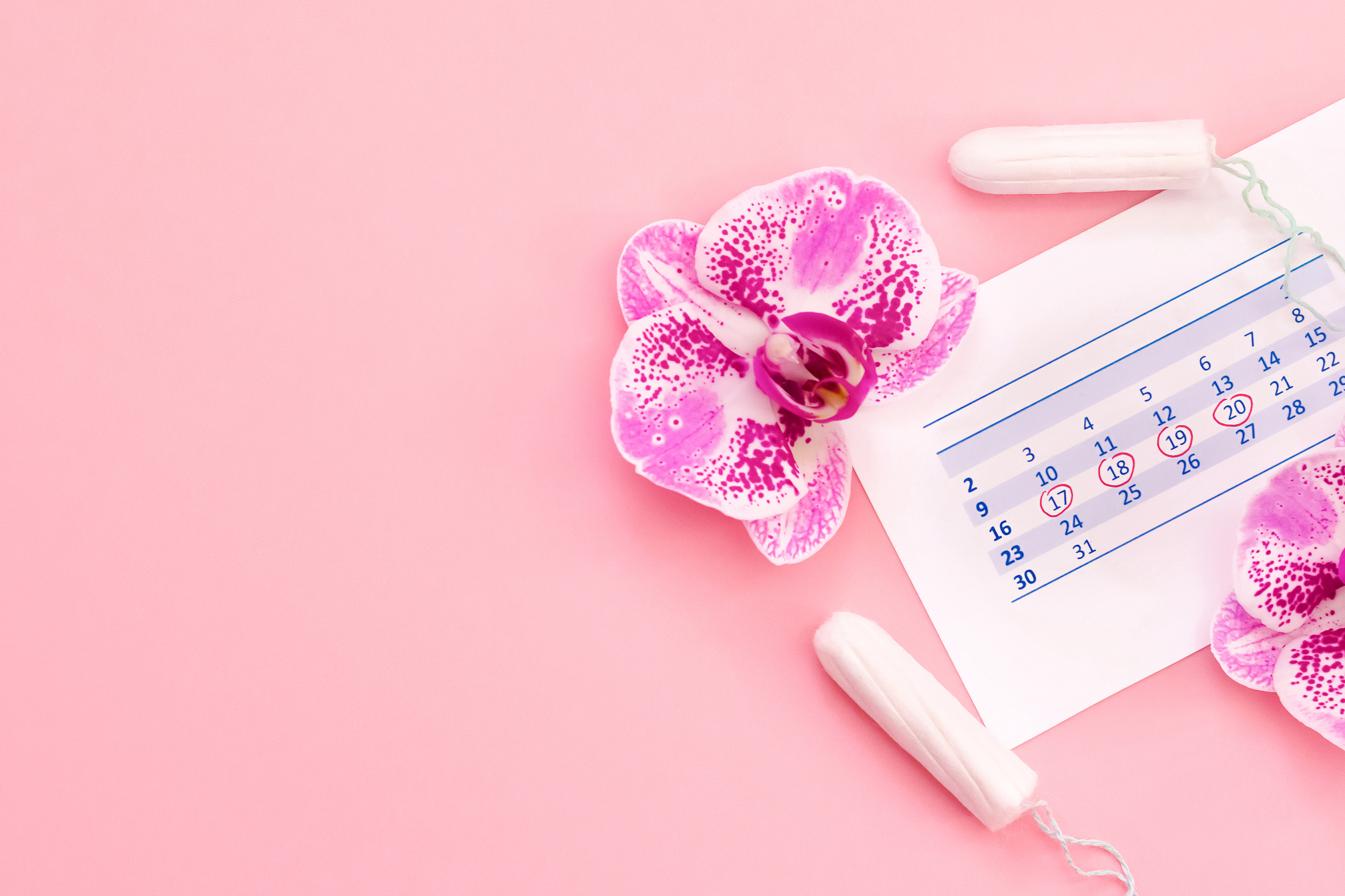
Handbook development
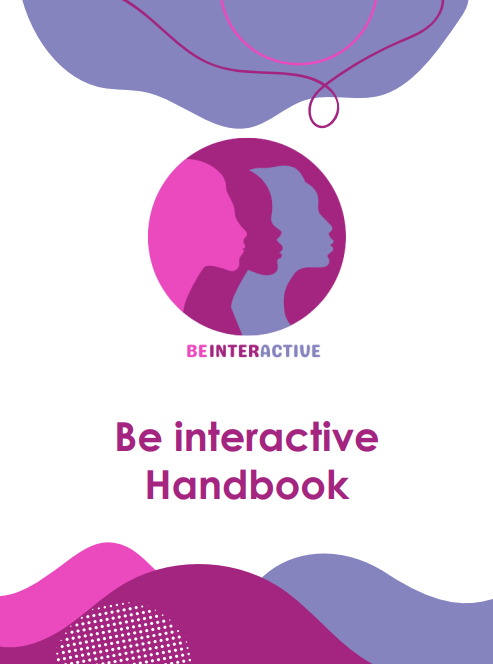
🗣 The Handbook ''Be Interactive'' is a Document created with the united efforts of our consortium. It explains, in-depth, the concept of the Menstrual Cycle (MC) - its phases, its influence on the body and sports performance. Moreover, it provides useful tips and tricks on how to behave to maintain physical and mental health during each phase.
To access the full Document, we invite you to click on the icon below:
Raising awareness campaign-events
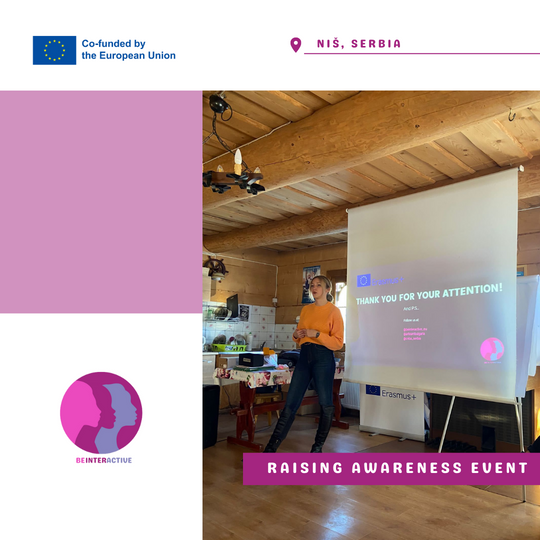
The events were organised to inform the wider community about the project and raise awareness about the influence of the menstrual cycle on physical activity. The target groups for the campaign are youth workers, individuals in education and physical activities, young girls, NGOs active in the field of youth, schools, educational and public institutions from each partner's country active in inclusion and youth field, young people from the community, and society at large.
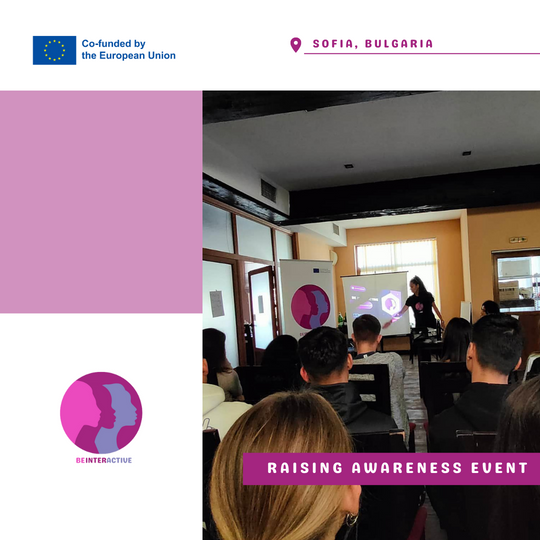
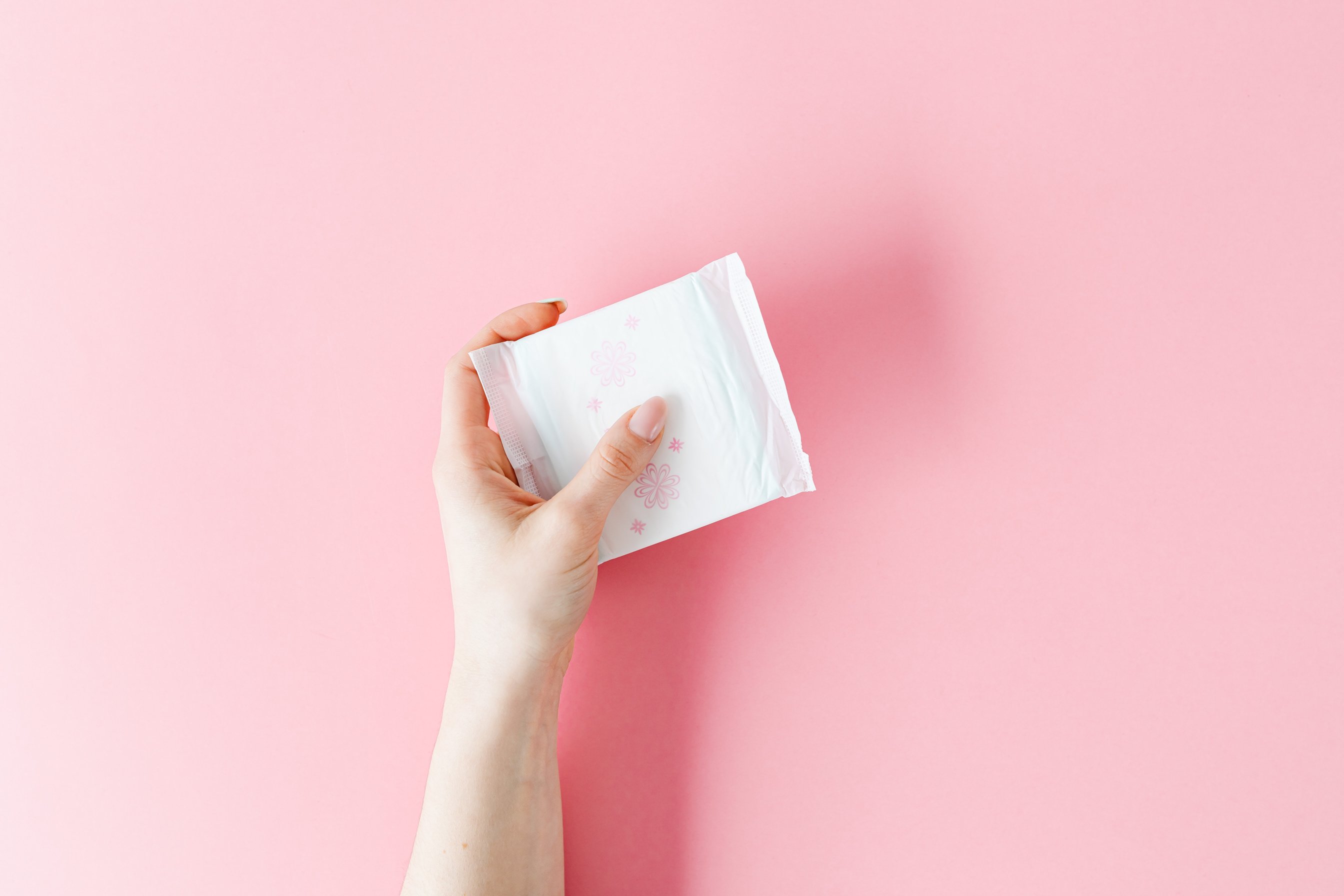
Raising awareness campaign-Factsheets
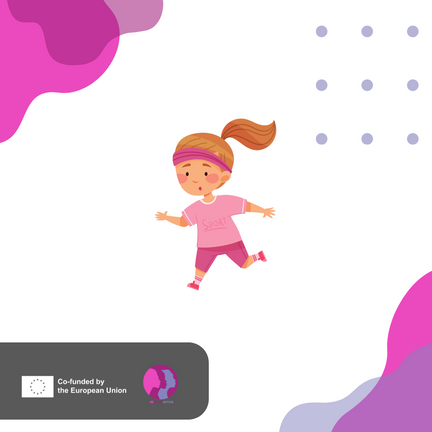
👉Many young women miss out on sports because of their monthly cycles. Seventy per cent of girls aged 12-18 years old feel uncomfortable playing sports while on their period, with many refusing to participate altogether. Half of them aren’t even aware that doing sports can help ease period symptoms.
🎯One reason why monthly cycles can be irregular is stress. Any stress on the body, whether physical or mental, can upset the natural balance of other hormones. Sports help you relieve stress. Studies have shown that 20 to 30 minutes of exercise daily can make you feel calmer.
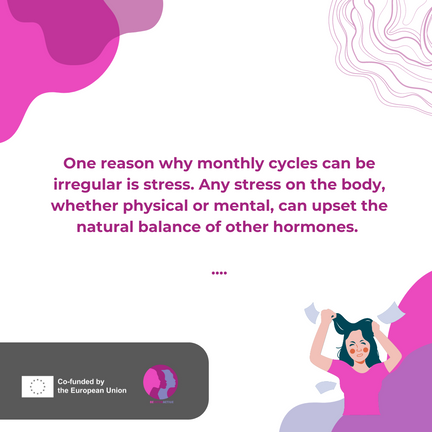

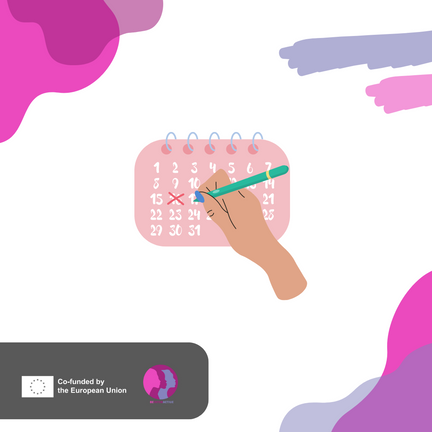
👉The menstrual Phase is the first phase of the menstrual cycle, during which a woman experiences her period. It is okay to break from intense physical exercises and let the body regenerate. However, this is the best time to build strength and muscle because of the relatively high testosterone levels. Strength training and HIIT sessions during menstruation may increase muscular and fitness gains. During this period, specialists advise doing exercises that bring comfort. For women who feel loaded, this is the time to lift weights.
Activities may include lifting heavy weights to allow up to six repetitions. Five sets of five repetitions can also be done with consequences that are 80% of the maximum weight that can be lifted simultaneously.
🎯During the Menstrual cycle, the low levels of estrogen and progesterone in the first days may cause many women to refrain from movement and exercise. During this time, many women experience cramping, bloating, and fatigue, making physical activity less appealing.
Some activities that can be useful while experiencing this phase of MC are yoga, swimming, stretching, and pilates.
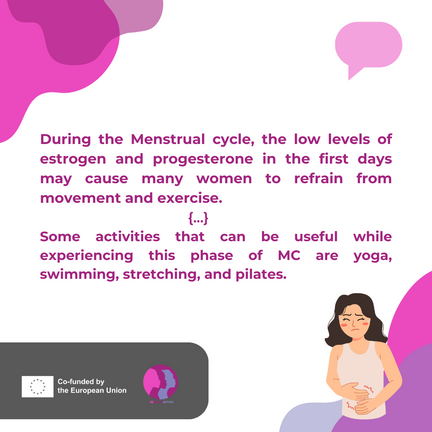

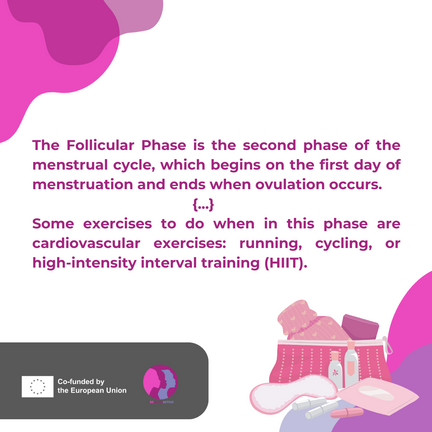
👉The Follicular Phase is the second phase of the menstrual cycle, which begins on the first day of menstruation and ends when ovulation occurs. During this time, estrogen levels rise, increasing energy levels and making physical activity more accessible. Some exercises to do when in this phase are cardiovascular exercises: This can include activities such as running, cycling, or high-intensity interval training (HIIT). These types of exercises can help improve endurance and cardiovascular health.
🎯During the Follicular phase, estrogen levels rise to a peak (just before ovulation), and progesterone levels are still deficient (because it is only produced after ovulation). As you progress through this phase, you may notice your energy and strength levels rise to a peak. This is the time of your cycle to pack in the hard workouts and build on the intensity to make some severe training adaptations but spend longer warming up to prevent injuries. Remember that it can take at least 48 hrs to recover from an intense session.
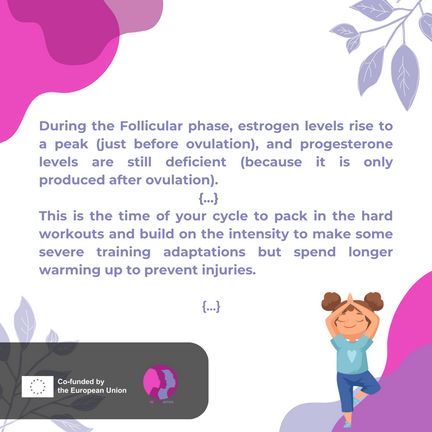

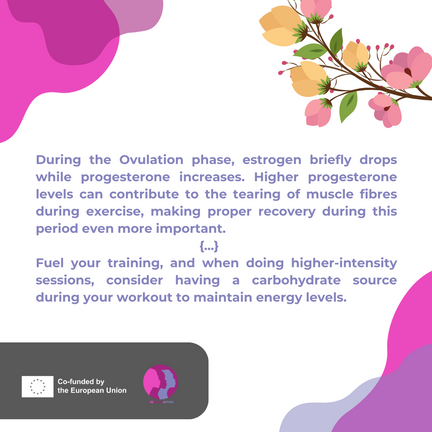
👉During the Ovulation phase, estrogen briefly drops while progesterone increases. Higher progesterone levels can contribute to the tearing of muscle fibres during exercise, making proper recovery during this period even more important. If you are sensitive to progesterone, you may experience breathing difficulties as increases in progesterone can result in inflammation of the airways. It’s best to switch the focus towards long endurance training rides at a steady pace during this phase. You may feel it takes longer to recover when progesterone is high. This can be offset by focusing on your recovery strategies and adding more recovery time. Fuel your training, and when doing higher-intensity sessions, consider having a carbohydrate source during your workout to maintain energy levels.
🎯Luteal Phase is the third phase of the menstrual cycle, which begins after ovulation and ends just before the next menstrual period. During this time, progesterone levels are elevated, which can cause fatigue, bloating, and breast tenderness. Some women may find that physical activity is more difficult during this time. The best exercise to do during these times is gentle yoga or walking.


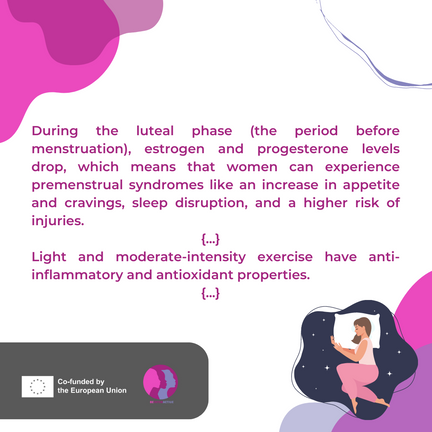
👉During the luteal phase (the period before menstruation), estrogen and progesterone levels drop, which means that woman can experience premenstrual syndromes like an increase in appetite and cravings due to changes in insulin sensitivity, sleep disruption, higher risk of injuries due to decrease in hormones which trigger an inflammatory response, etc. Therefore, now is the opportune time for a reload week, with a shift in focus towards lower intensities and developing your skills, technique, flexibility and core stability. Light and moderate-intensity exercise has anti-inflammatory and antioxidant properties, which have been shown to reduce menstrual cycle symptoms and are particularly effective since they can give you a natural endorphin boost that can elevate your mood and make you feel better.
🎯In the case of excessive sweating happens suddenly when your estrogen levels are at their lowest. The reason is simple: your hormones disrupt your sweat glands, which are responsible for sweating, which is why you sweat more during your premenstrual and menstrual periods. Athletes and workers who sweat profusely benefit from rehydrating themselves. There are two noted benefits because of this: it improves cardiovascular function and reduces any impairments of sweating.
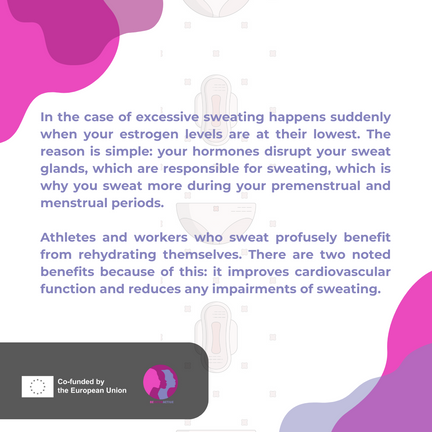

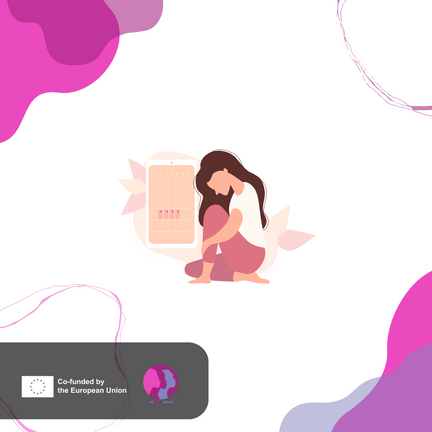
👉It is estimated that up to 90% of women will experience dysmenorrhea at some point in their lives. Dysmenorrhea is characterised by menstrual pain and discomfort, affecting many girls. Among adolescent girls, the prevalence of dysmenorrhea is estimated to be between 50% and 90%. In addition, girls who experience dysmenorrhea often report decreased physical activity, increased absenteeism from school or work, and reduced quality of life. However, girls who engaged in moderate to vigorous physical exercise for at least 150 minutes per week had a significantly lower risk of dysmenorrhea than those who were physically inactive. Another study showed that regular physical activity, such as running or cycling, decreased the risk of dysmenorrhea by up to 40%. Many women are affected by menstrual symptoms—heavy bleeding and pain are the most common reasons for seeking help. In addition, an estimated 20% of women suffer severe pain from interfering with daily activities (dysmenorrhea).
🎯Increasing inflammation may mean it takes a bit longer to recover from exercise, so focusing on your recovery during this phase is essential. To help manage menstrual cycle symptoms, increase your intake of anti-inflammatory foods and foods rich in vitamin D, calcium, fish oil and B vitamins. Moderate exercise's anti-inflammatory and antioxidant properties can also help reduce symptoms associated with menstruation.



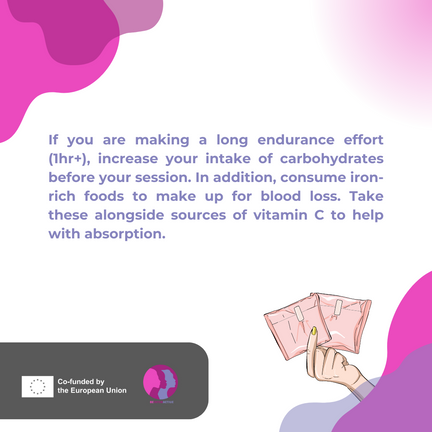
👉If you are making a long endurance effort (1hr+), increase your intake of carbohydrates before your session. In addition, consume iron-rich foods to make up for blood loss. Take these alongside sources of vitamin C to help with absorption.
🎯A snack is a good option if you want a morning workout and feel like you can only have a partial breakfast beforehand. This could be an energy bar or a toast with nut butter.
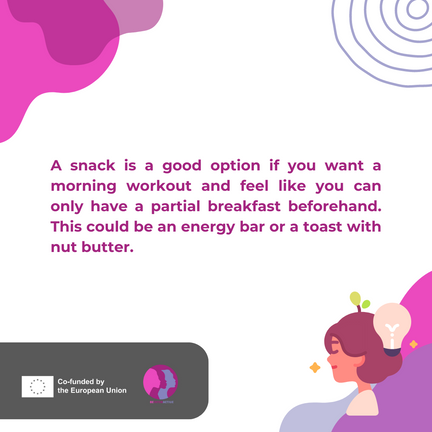


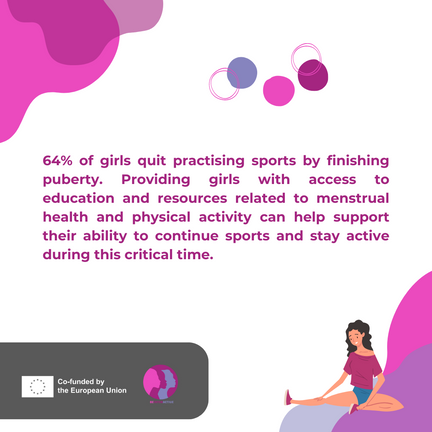
👉64% of girls quit practising sports by finishing puberty. Providing girls with access to education and resources related to menstrual health and physical activity can help support their ability to continue sports and stay active during this critical time.
🎯Most girls need to learn what the changes in their bodies in the different phases of the menstrual cycle are. Being aware of that, you can adapt your training based on your body’s needs and strengths at the precise moment to benefit and improve your sports performance!
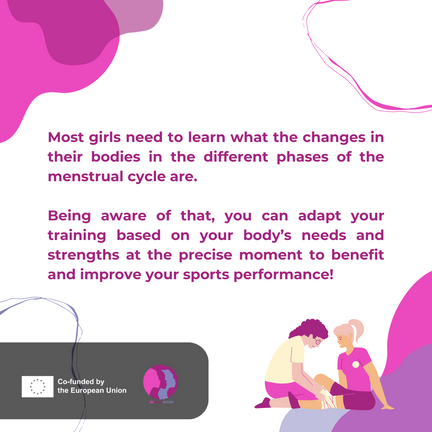


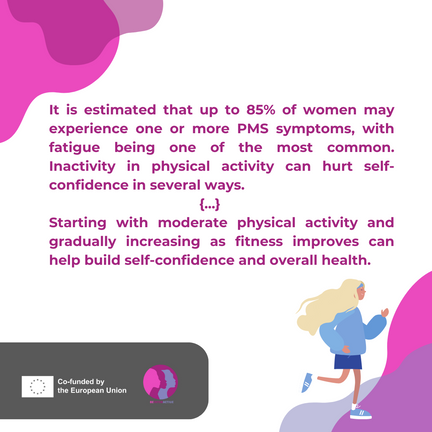
👉It is estimated that up to 85% of women may experience one or more PMS symptoms, with fatigue being one of the most common. Inactivity in physical activity can hurt self-confidence in several ways. First, a lack of physical activity can result in decreased physical fitness, leading to self-doubt and insecurity about one's physical abilities. Furthermore, inactivity can lead to poor mental health, including increased stress, anxiety, and depression, which can hurt self-confidence. It is important to note that the frequency and intensity of physical activity should be adjusted to individual needs and abilities. However, starting with moderate physical activity and gradually increasing as fitness improves can help build self-confidence and overall health.
🎯 Menstruation can increase fluid loss, making it essential for girls to stay hydrated during their menstrual cycle. As a general guideline, medical experts recommend the following daily fluid intake 2.7 litres of fluid per day. However, it’s important to note that these recommendations can vary and that it's best to listen to your body and drink when thirsty. You can also use drinks, like carbohydrate drinks, smoothies and protein shakes, to get in some fuel before a workout.
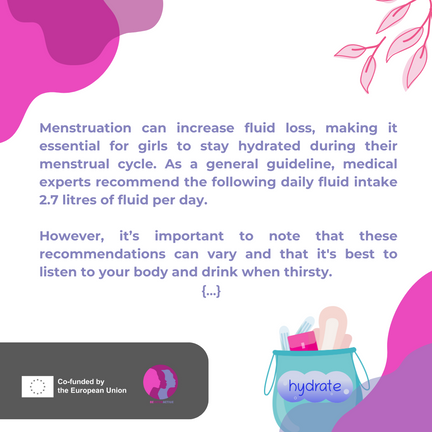


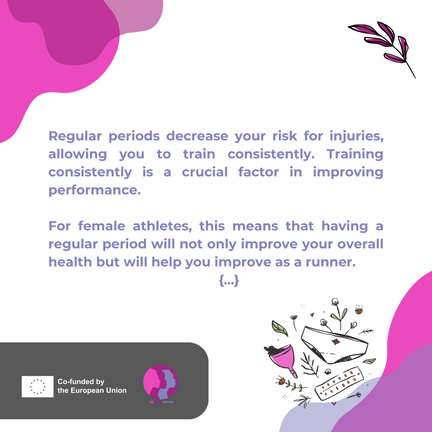
👉Regular periods decrease your risk for injuries, allowing you to train consistently. Training consistently is a crucial factor in improving performance. For female athletes, this means that having a regular period will not only improve your overall health but will help you improve as a runner. There may be different factors related to the menstrual cycle behind the risk of injury. The mechanisms that the menstrual cycle affects: Strength, Balance, Stiffness, Thermoregulation, Metabolism (Substrate availability), and Body composition. It is considered that the incidence of injuries is more significant in the late follicular phase as compared to other degrees because of more considerable stiffness because of the high level of estrogen. This consideration is due to the inhibitory effect of estrogen on collagen synthesis.
🎯 During the menstrual cycle, white cell count is lower, which may increase the risk of certain types of illness. Therefore, fueling correctly and optimising sleep during this phase is essential to reduce risk. In addition, consume iron-rich foods to make up for blood loss. Take these alongside sources of vitamin C to help with absorption. Suppressing your symptoms isn’t a cure. Symptoms are messengers. Don’t kill the messengers.
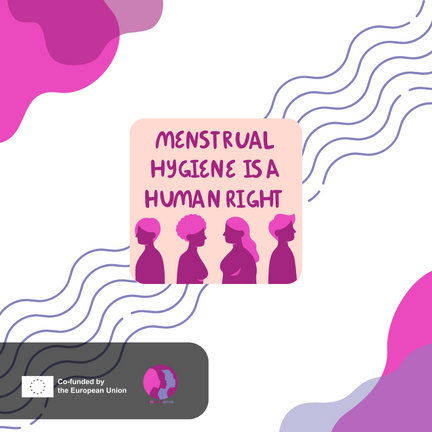
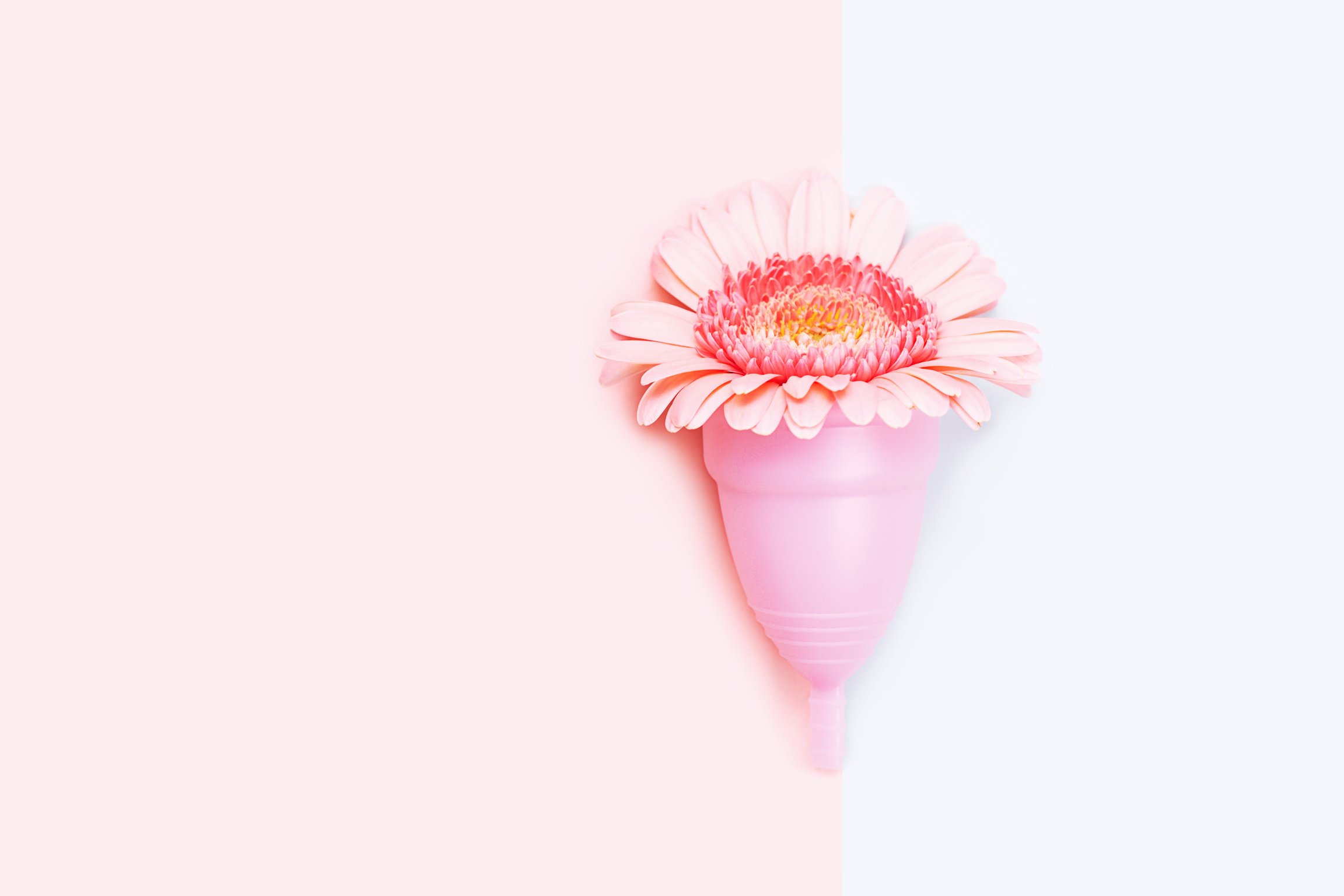
Raising awareness campaign - Leaflets
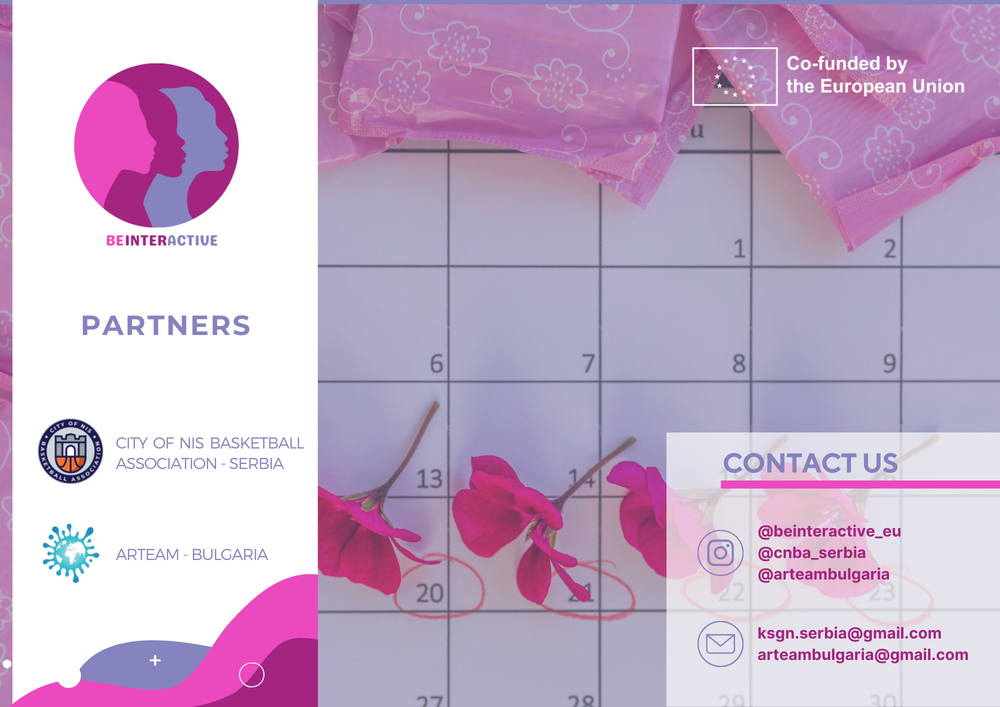
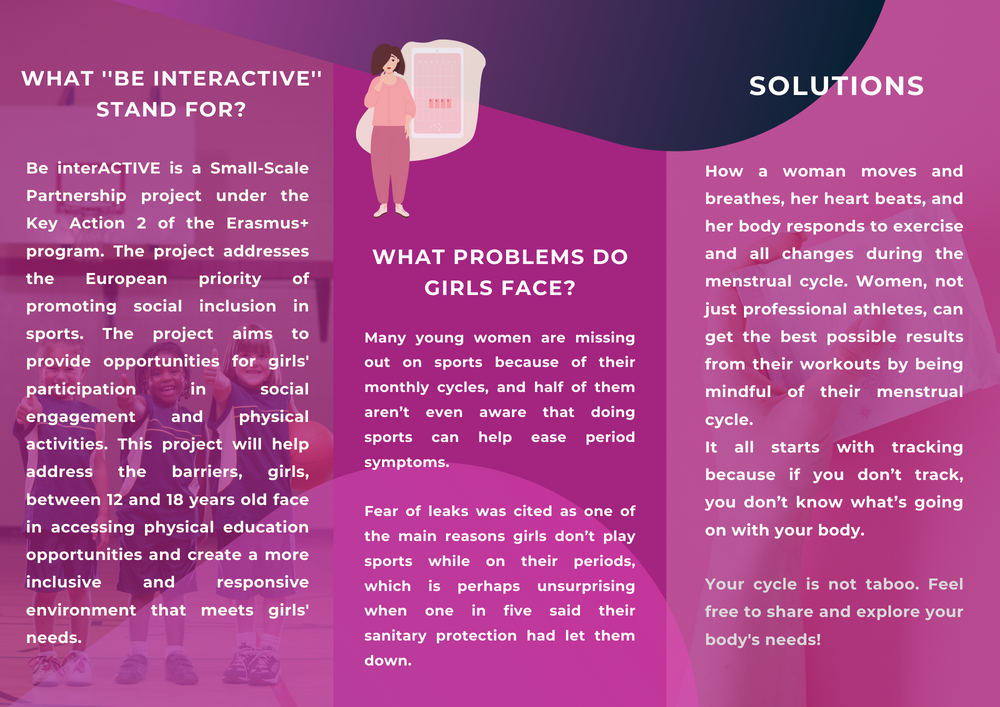
DEOR
DEOR activities helped us to:
- Spread the information on the project's activities and results widely among stakeholders;
- Assure continuation and sustainability of the Network beyond the project, thus paving the way for the continuous uptake of the results across the local communities and Europe;
- Establish synergies and boost new collaboration with external parties, to utilize a multiplier effect, thus contributing to knowledge building and best practices diffusion in Europe.
DEOR
🎯 Thanks to the precisely defined DIOR plan, collaboration and the strong network we have built, we have achieved a wide impact, both offline and online.
Events
Online
Offline + private online events - Bulgaria - Reach of 160 people
Facebook (where you can see the results, events and meetings):
The City of Nis Basketball Association: Reach - 2527
Arteam: Reach - 7708
Offline + private online events - Serbia - Reach of 270 people
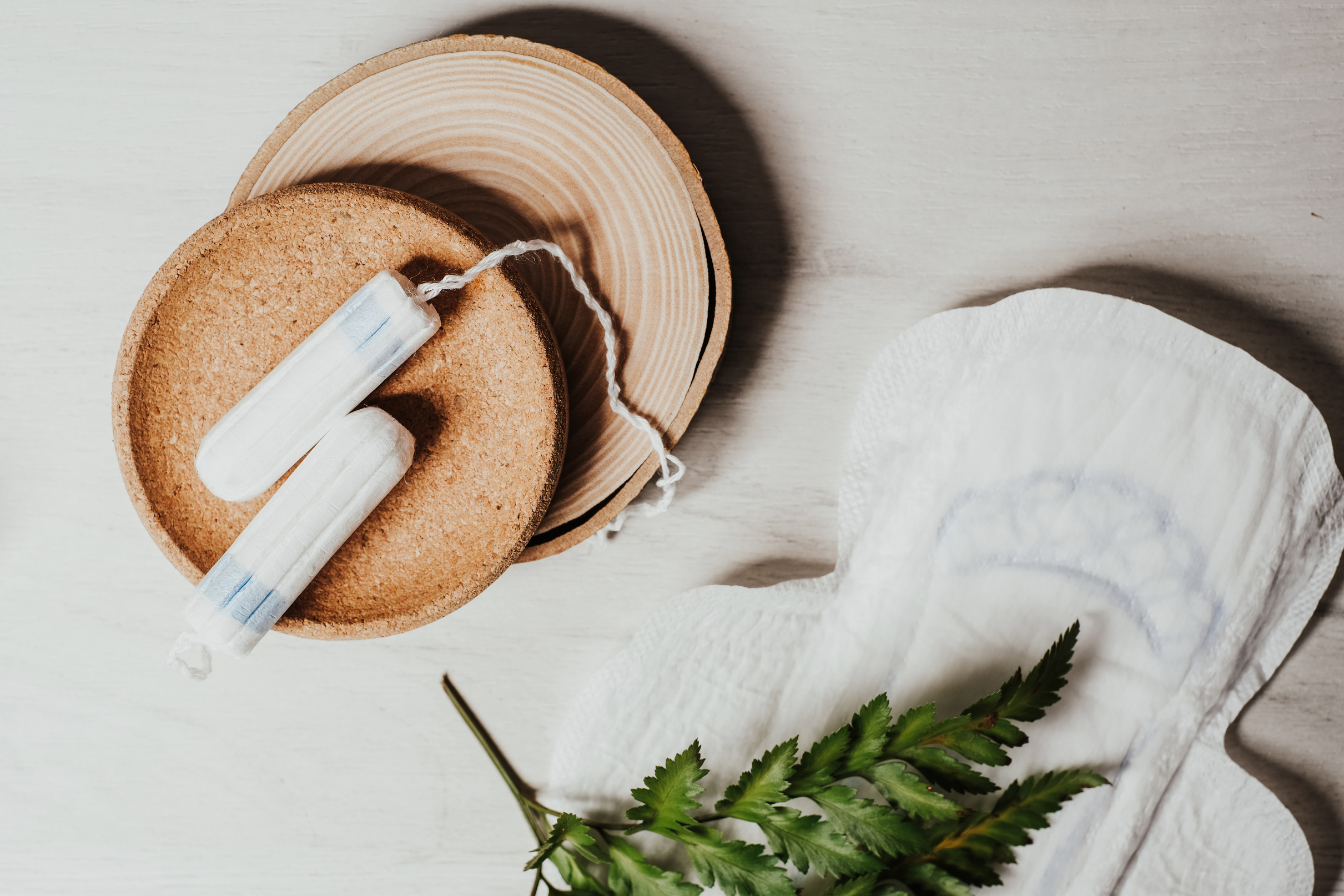
Final conference
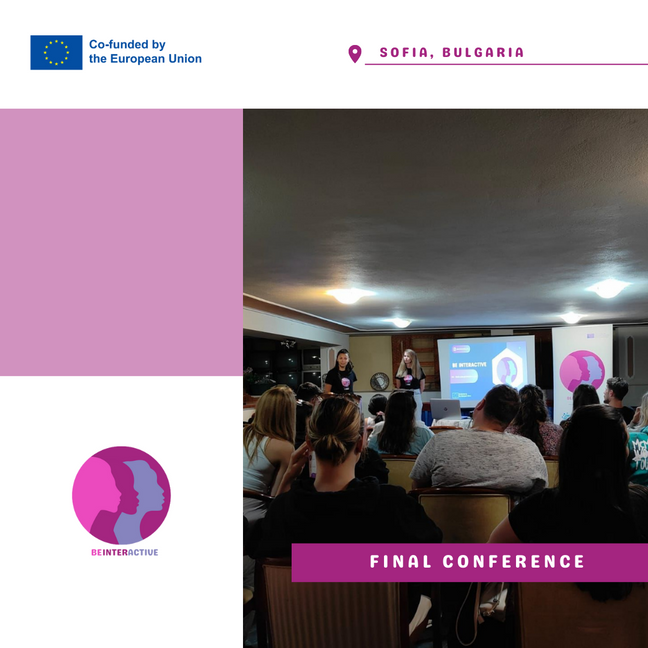
The Final Conference took place on the 18th of May in Sofia, Bulgaria, where we brought together experts, youth workers, coaches, educators and youth to shine a spotlight on the crucial intersection of menstruation and female athletic performance and physical activities. This groundbreaking event marked a milestone in our project, empowering girls and women in sports through increased awareness and support regarding menstrual cycles. By raising awareness, educating stakeholders, and promoting inclusivity, we have taken a significant step forward in breaking down barriers and empowering female athletes.
@beinteractive_eu
@cnba_serbia
@arteambulgaria
ksgn.serbia@gmail.com
arteambulgaria@gmail.com
Disclaimer
Funded by the European Union. Views and opinions expressed are, however, those of the author(s) only and do not necessarily reflect those of the European Union or the European Education and Culture Executive Agency (EACEA), neither the European Union nor EACEA can be held responsible for them.
